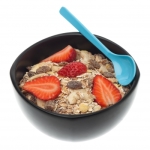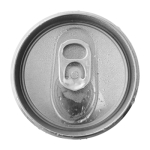Dehydration and Low Blood Pressure
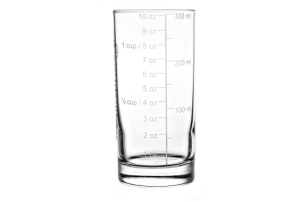 I realize your bigger concern tends to be how to LOWER high blood pressure, but today I want to touch on the reverse so you are aware of this potential problem.
I realize your bigger concern tends to be how to LOWER high blood pressure, but today I want to touch on the reverse so you are aware of this potential problem.
Low blood pressure, also known as hypotension, is when your blood pressure drops below 90 mm Hg systolic (top number) or 60 mm Hg diastolic (bottom number).
If your blood pressure is normally on the low side, it’s not a concern as long as you are not experiencing symptoms associated with low blood pressure. Symptoms include:
Dizziness
Fainting
Lack of concentration
Fatigue
Nausea
Blurred vision
Rapid, shallow breathing
If you are experiencing these symptoms, you need to take action to correct and prevent blood pressure from dropping too low.
How does your added sugar intake measure up?
According to the American Heart Association (AHA), the max amount of added sugars you should eat daily equals…
Men: 150 calories per day (37.5 grams or 9 teaspoons)
Women: 100 calories per day (25 grams or 6 teaspoons)
How does your sugar intake measure up?
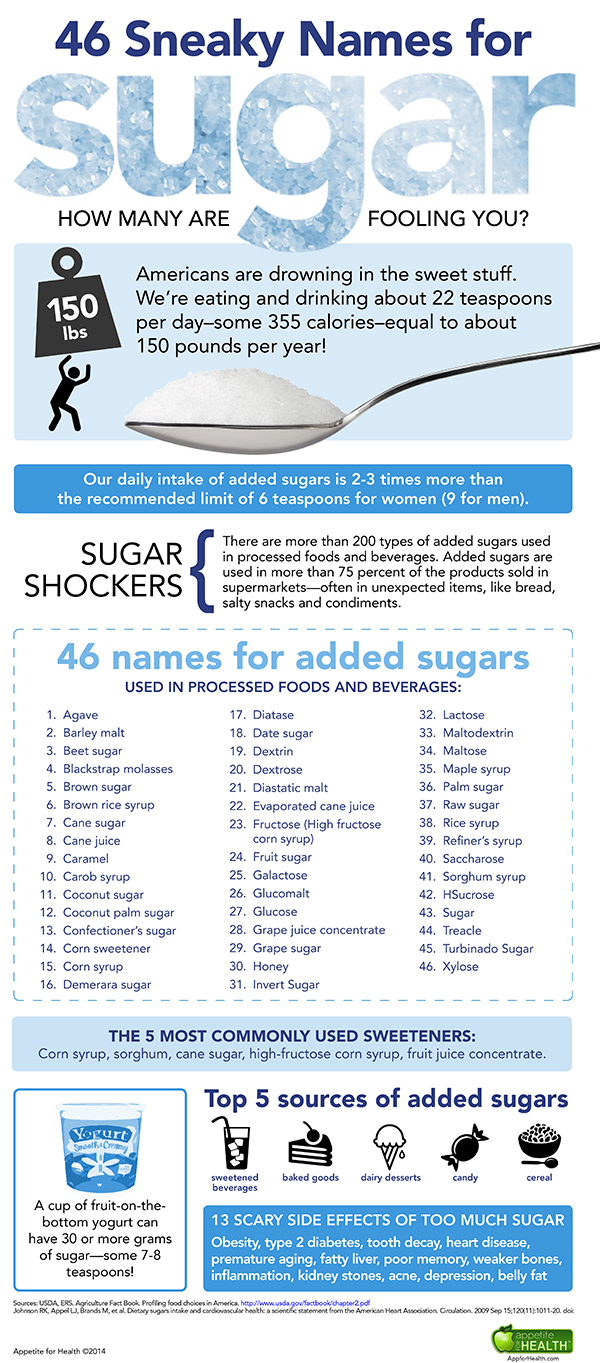
Infographic courtesy of AppforHealth.com.
Moms and dads: Are your children getting enough fiber?
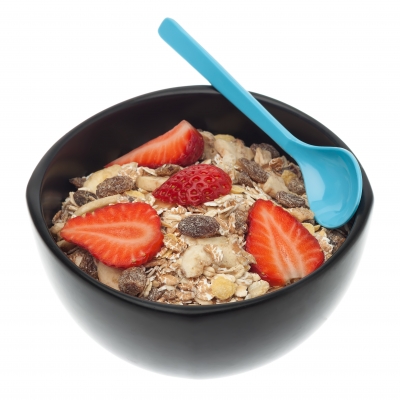 From keeping our immune system functioning to bowel regularity, our digestive systems do a lot for our everyday health.
From keeping our immune system functioning to bowel regularity, our digestive systems do a lot for our everyday health.
Dietary fiber as a regular part of your diet will promote lower cholesterol levels and improved heart health. Most of us consume about half of the fiber our bodies need to function correctly.
If we include fiber in the diets of our children now, we can make it a natural habit they continue into adulthood.
I asked registered dietitian Felicia D. Stoler, DCN, how parents can get inventive about ways to increase our family’s fiber intake. Stoler is the former host of TLC’s “Honey, We’re Killing the Kids,” and author of “Living Skinny in Fat Genes.”
Lisa Nelson, RD: How much fiber do we need?
Dr. Stoler: “Toddlers ages 1-3 need 19 grams of fiber daily. Children ages 4-8 years need 25 grams, about the same as adult women. Teenage boys and adult men should aim for 38 grams per day. That fiber requirement probably won’t be met by eating fast food. “A four-piece serving of chicken nuggets has just one gram of fiber. A six-inch turkey breast deli sandwich only has three grams.”
Lisa Nelson, RD: How do you get around the idea that a high-fiber diet means piling plates high with vegetables?
Dr. Stoler: “Sometimes playing ‘hide the fiber’ is the best way to improve a family’s nutrition.”
Lisa Nelson, RD: Can you give me some examples?
Dr. Stoler: “I’m always tossing ground flax seed into foods. One of my favorite tips is to use it as a thickener for tomato sauce or soup. Serving a lot of side dishes is a great way to load up on vegetables or grain-based foods. Along with a main course of poultry or fish, I prepare a lot of side dishes with beans, lentils and multiple grains. For flavor and color this time of year, toss in some cranberries.”
Lisa Nelson, RD: What about giving the family a high-quality fiber supplement?
Dr. Stoler: “I keep Sunfiber on the kitchen counter so it’s very convenient while I’m cooking. Since it’s odorless, tasteless and mixes easily into just about anything, it’s routinely my secret ingredient in a lot of foods from pancakes, waffles and muffins to chili, soup and yogurt. One scoop adds six grams of fiber, which is significant. It also helps support your family’s bone health because it supports better calcium and magnesium absorption.”
Lisa Nelson, RD: How can you add more fiber to kids’ party foods, especially if the event is at someone else’s home?
Dr. Stoler: “Offer to bring a snack for fall get-togethers. Kids go crazy for fruit kabobs. Just thread fresh melon balls onto wooden skewers. Then flip over half of the empty melon shell, and stick the skewers into it for a festive presentation. If you’re short on time, buy the pre-cut melon and stick the skewers in a Styrofoam ball from the craft store or invert a colander. When fruit is presented in an enticing way, people want to eat it.”
Lisa Nelson, RD: Do you have other creative tricks for getting kids to eat healthier?
Dr. Stoler: “Make sure plates are filled with colorful foods. Food that’s appealing stands a greater chance of getting eaten. Use cookie cutters to cut sandwiches made with high-fiber bread. Use a vegetable peeler to cut carrots or cucumbers into ribbons. Experiment with cutting other vegetables into fun shapes.”
Lisa Nelson, RD: What do you suggest for a high-fiber, family dessert?
Dr. Stoler: “Dress up fruits for dessert. The beauty of high-fiber desserts is that they fill you up, especially if you slow down and savor each bite. So you won’t be as tempted to over-indulge. Frozen grapes are fun and easy. Fruit cobblers are also a good choice for chillier evenings, especially if you sprinkle some Sunfiber into the mixture before baking. Making it with an oatmeal topping will add even more fiber and nutrients.”
Lisa Nelson, RD: Do you have any other suggestions for parents to encourage their kids to start eating more vegetables?
Dr. Stoler: “Include your children in creating menus, grocery shopping, gardening, setting the table and food preparation. “This may not only broaden their interest in trying different foods, it can also teach them important life skills around food such as budgeting money and time management skills. Passing on your knowledge will help them to be great parents!”
Dr. Stoler adds that Sunfiber, which she referenced, is well researched for its health benefits. Those studies are available at www.Sunfiber.com.
You can also access the free ecourse How to Lower Cholesterol in 8 Simple Steps at http://lowercholesterolwithlisa.com.
All the best,
Lisa Nelson RD
Image courtesy of phasinphoto / FreeDigitalPhotos.net
Reduce Your Risk of Heart Attack and Stroke (infographic)
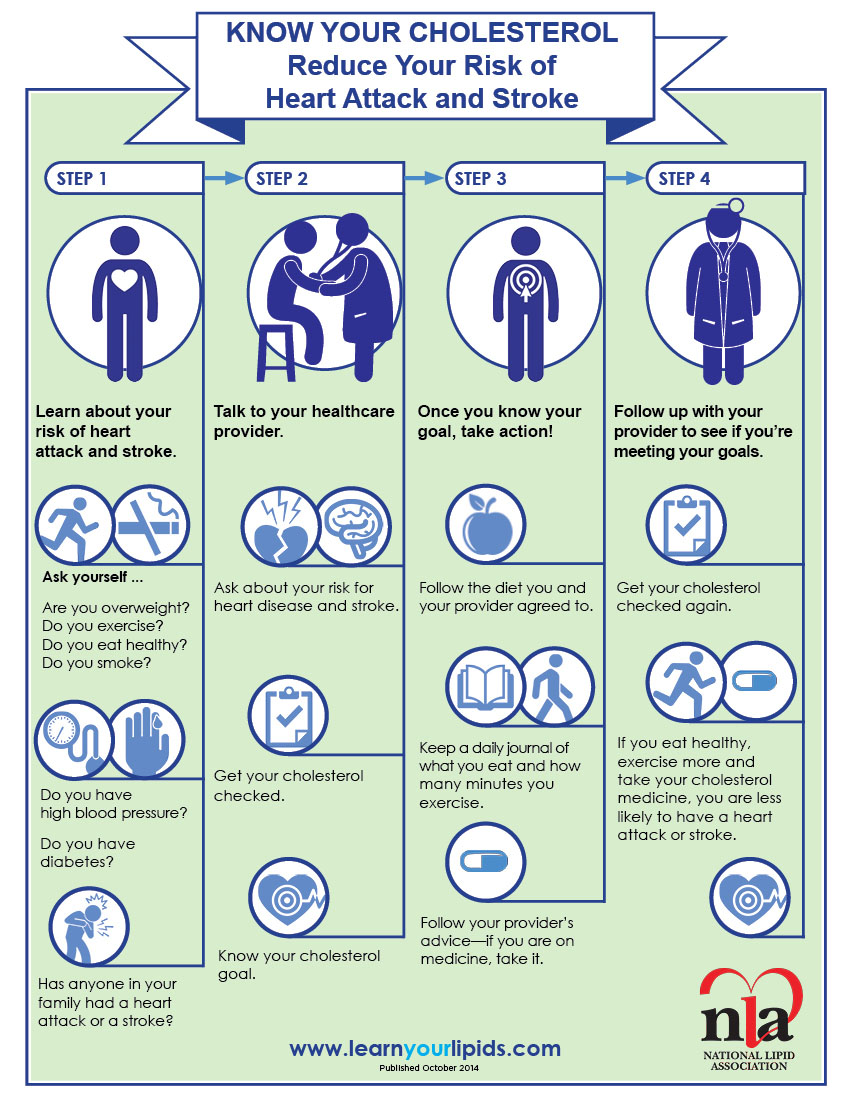 An infographic by National Lipid Association.
An infographic by National Lipid Association.
Do you prepare meals at home?
 According to the Centers for Disease Control and Prevention, heart disease is the leading cause of death in the US. Every year, 720,000 American’s have a heart attack. Every year, about 600,000 people in the US die due to heart disease.
According to the Centers for Disease Control and Prevention, heart disease is the leading cause of death in the US. Every year, 720,000 American’s have a heart attack. Every year, about 600,000 people in the US die due to heart disease.
Alarming and hits close to home, right? Speaking for myself, I know many individuals who live with heart disease, have had a heart attack, and/or died due to heart disease. I believe it’s safe to say that rings true for most of us.
So then, why do our behaviors and habits not support healthier choices?
I have had three instances in the past week that have brought the issue of preparing home cooked meals front and center.
One was a good article I read in Time. Another was a comment from my aunt. They had an office potluck and out of all the dishes only two were homemade. The rest: store bought.
I don’t consider myself to be a great cook, but I do cook. Everyday.
Do you?
Diet Soda: Good or Bad for Your Heart Health
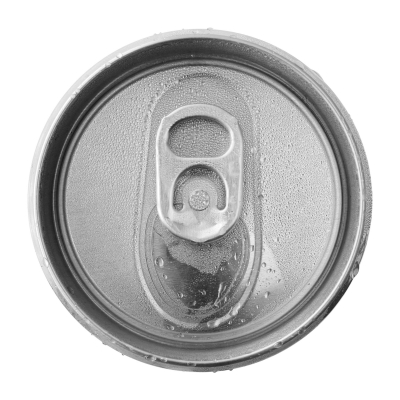 Research is shedding light on the impact drinking diet soda can have on your health. A study with 2,500 participants was presented at the American Stroke Association International Stroke Conference. Study results found those who drank diet soda daily had a 61 percent increased risk of cardiovascular events versus those who did not consume soda. These results remained even when factors such as smoking, physical activity levels, alcohol consumption, and dietary intake were taken into account.
Research is shedding light on the impact drinking diet soda can have on your health. A study with 2,500 participants was presented at the American Stroke Association International Stroke Conference. Study results found those who drank diet soda daily had a 61 percent increased risk of cardiovascular events versus those who did not consume soda. These results remained even when factors such as smoking, physical activity levels, alcohol consumption, and dietary intake were taken into account.
Researchers did go a step further and took into account these 3 situations:
- Metabolic Syndrome
- Peripheral Vascular Disease
- Cardiac Disease History
When these were factored in, the cardiovascular risk associated with drinking diet soda did decrease to 48%… 48% is still significant.
The connection between diet soda and cardiovascular risk appears to be related to metabolic syndrome. Metabolic syndrome is the name given to a group of risk factors that raise your risk for heart disease. These risk factors include: Continue reading

